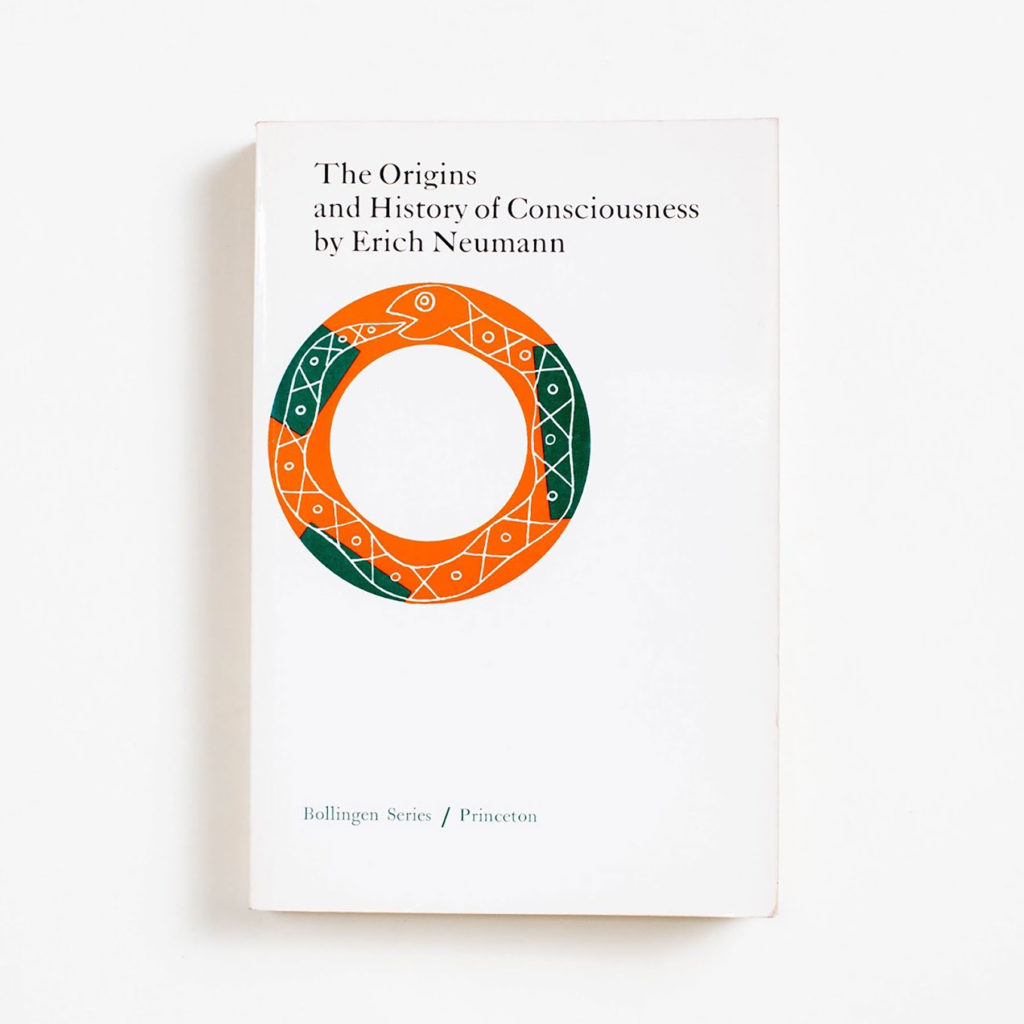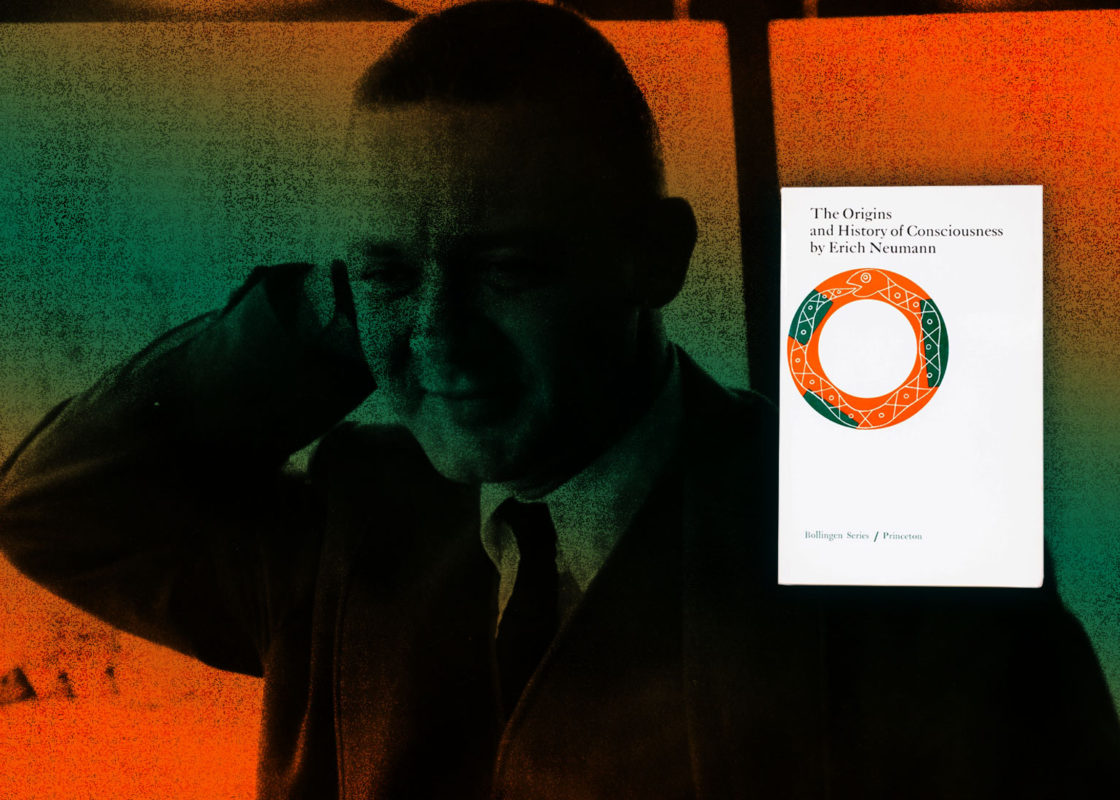Jayme Odgers is a graphic designer most known for his work with collage and new-wave in the 1980s. Also notable, he was an apprentice for one of the most famous designers of all designers, the visionary Paul Rand.
Odgers had a hell of an anecdote about Rand in Print recalling his first day on the job (recounted by another hall of fame designer, Steven Heller, in one of his columns):
On that very first day I began working for Paul, he had a book jacket design due. I watched as he reached into a drawer and chose two sheets of colored paper, … a red-orange and a complementary green color. Using scissors, he cut three smallish green shapes and in seemingly random manner glued them onto a square of the red-orange paper. With a circle cutter he cut out a doughnut-like shape about six inches in diameter and one inch wide, which he glued onto a sheet of white paper. It was like watching a magic act. I was mesmerized.
Jayme Odgers
Covering the entire doughnut shape with acetate, he used a rather large nib pen dipped in white ink to deftly draw a linear serpent eating its own tail over the torus shape — an ouroboros appeared as if out of nowhere. Done. No sketches, no indecision; in less than 15 minutes, with minimal material, he had created the cover art for Erich Neumann’s book The Origins And History Of Consciousness for Bollingen Publishers.
The Daily Heller: The Assistant, Jayme Odgers, Works for Paul Rand
Here is that work:

What would pay him for that? Would that number change for you if it were the same outcome but he spent 15 days on it instead?
Maybe Rand had been working on this job for the previous 15 days, only pulling out the paper and scissors once he had codified his approach mentally. Creatives will testify that their work starts well before they put pen to paper. From that point forward it might have only taken 15 minutes, but experience is an accelerant for time while value will always remain subjective.
I don’t know what he was paid for this. I don’t consider answering that question as interesting. My best guess is that he was on retainer for the book’s publisher and this was one of a number of works he had to churn out as part of his deal. Maybe that mental approach — “I’m not getting paid any more or less for time spent” — actually formulated the perfect conditions for him to create incredible art. Putting guardrails on design can lead to inventive, creative problem solving.
I can guarantee that if someone owned this original work now, it would be worth a small fortune. That’s what I find both fascinating and confounding: how subjective the relationship between art and value is, especially in the corporate world.
As a point of record, I think that the book cover is delicate and striking. It’s got an idyllic balance. The use of a discordant color combination plays into the thematic dissonance of consciousness but isn’t so aggressive it overwhelms the viewer; rather, its subtle clashing actually draws you in before you even realize you’re looking at a snake eating its tail, another layer of the design that reinforces the conflicting nature of the human mind.
For me, the work’s beauty isn’t impacted by the fact that I know it only took 15 minutes to create. (For some, it might.) For me, it isn’t impacted by the fact that it was commissioned by a corporation to sell books. (For some, it might.)
For me, it truly reinforces my position to find the people who value my work and to doggedly pursue working with them as vehemently as possible.
One more thing I can learn from this: Learn to stop when it’s done. No doubt Rand was working towards what he saw in his head. He knew it when he saw it — which is why he stopped. It was perfect as it was, and he moved on.
Actually, one last anecdote I loved from Odgers’ recollection of his time with Rand, one that you rarely hear today.
“My very first day at work as his assistant,” Odgers said, “(h)e asked me why I wanted to work for him. I replied that I wanted to learn.
“‘You’re here to work, sonny boy, not to learn,’ was the answer.”
